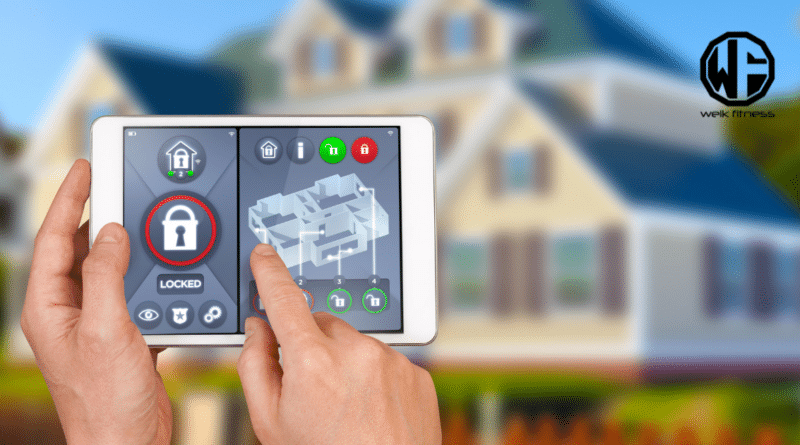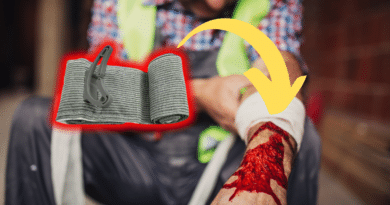DIY Home Security Tips on a Budget
Home break-ins can happen to anyone. In the US, a burglary occurs every 26 seconds. This guide offers easy DIY home security tips on a budget to keep your family safe.
Learn how to protect your home now. Keep your family safe!
Table of contents
- Key Takeaways
- Evaluating Home Security Needs
- Strengthening Entry Point Security
- Boosting Window Security
- Setting Up Exterior Smart Home Security Features
- Building a Comprehensive Smart Home Security System
- Ensuring Consistent Home Security Monitoring
- Implementing Cost-Effective Home Security Solutions
- Adopting Additional Home Security and Home Safety Practices
- Get the Best DIY Home Security or DIY Security System You Can Afford
Key Takeaways
- DIY home security or DIY alarm system can save you at least $360 per year compared to pro monitoring.
- Smart alarms, smart locks, video doorbells, and outdoor cameras are easy to install yourself and boost home safety.
- Regular checks of your security devices help catch problems early and keep your family protected.
- Clear landscaping, light timers, and doorstop alarms are cheap ways to deter burglars.
- In the US, a home break-in happens every 26 seconds, so taking steps to secure your home is crucial.

Evaluating Home Security Needs
Start your home security check with a list of your current safety items. Look at all doors, locks, and windows. Check if your garage door is secure. Test your alarms and cameras.
Make sure everything works well. If something is broken, plan to fix or replace it.
RELATED: The Benefits of an AR Pistol For Home Defense
Next, group your findings into three lists: needs, wants, and dreams. Needs are must-haves for basic safety and should be taken care of as soon as possible. Wants are nice extras that boost security. Dreams are high-end options you’d love to have someday.
This helps you focus on what’s most important for your family’s protection right now.
Strengthening Entry Point Security
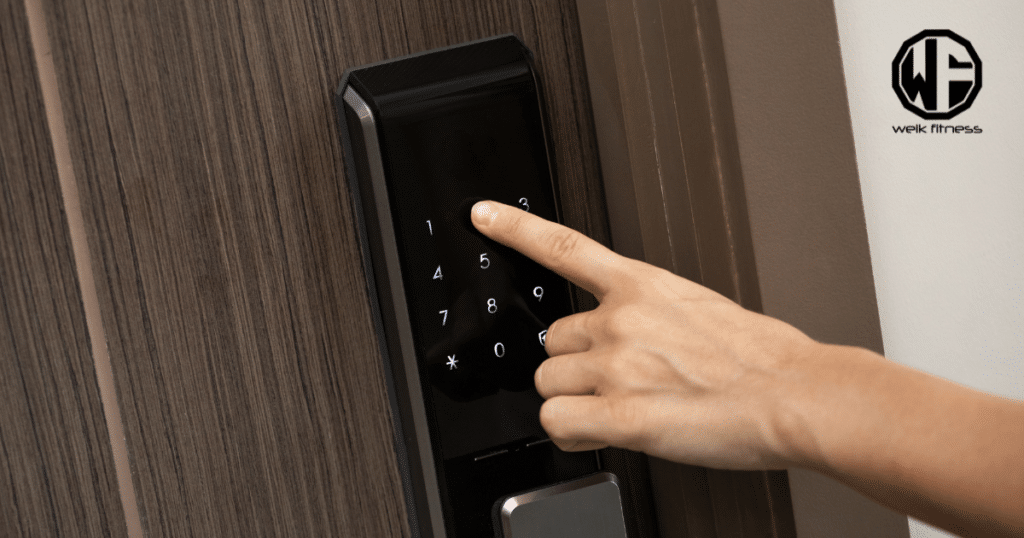
Your front door is your first line of defense. Other than swapping out those worthless 1” screws in your door and frame with 3” ones, smart locks, and video doorbells can boost your home’s safety.
1. Install Smart Lock Systems
Smart locks offer a modern approach to home security, and I personally love them. You can enhance your safety with these easy-to-install devices. And let’s put it this way: I’m no Bob Vila, but I could even install this smart lock in my own home (that’s saying something!).
- Choose a smart lock that fits your door. Most models cost around $150 (some even less).
- Remove your old lock and install the new smart lock. Follow the maker’s guide for best results.
- Set up a unique access code for each family member. This lets you track who enters and exits.
- Connect your smart lock to your home Wi-Fi network. This allows remote control via your phone.
- Create temporary codes for guests or service workers. Delete these codes after they leave.
- Keep spare batteries on hand. Smart locks run on battery power and need regular changes.
- Test your lock’s auto-lock feature. This ensures your door locks even if you forget.
- Link your smart lock to other smart home devices. This can trigger lights or cameras when the door opens.
- Update your lock’s software regularly. This keeps your security features current.
- Practice using your smart lock’s app. Quick access is key in emergencies.

2. Add Video Doorbell Cameras
Video doorbell cameras boost home security and deter package theft. You can easily install these devices to monitor your front door area.
- Choose a video doorbell camera that fits your budget. Prices range from $99.99 to $349.99, with an average cost of $172.
- Pick between battery-powered or hardwired options. Battery models offer easier setup, while hardwired ones provide constant power.
- Look for motion detection alerts. This feature notifies you when someone approaches your door.
- The best DIY home security systems include Ring, Arlo, and Nest. Each wireless home security system offers unique features to suit your needs.
- Install the doorbell camera at eye level. This placement ensures clear views of visitors’ faces.
- Connect your device to your home’s Wi-Fi network. This allows for remote viewing and alerts on your smartphone.
- Set up two-way audio communication. You can talk to visitors without opening the door.
- Use night vision features for 24/7 monitoring. This helps you see clearly, even in low light.
- Enable cloud storage for video footage. You can review past events if needed.
- Update your doorbell camera’s software regularly. This keeps your device secure and adds new features.
- I personally have a Google Nest doorbell. It gets directly wired into the existing electrical system that makes your doorbell work and then connects directly to your Wi-Fi so that you can use the app and get notifications directly on your phone (you can also view them through the camera in real time).
3. Reinforce Doors with Security Bars
Security bars are a key part of home defense. They make your doors much harder to break through.
You can get ones that go across your door, but since I have kids, I wanted one that they could remove and exit the home in an emergency. I have security bars on all my exterior doors 24/7.
- Steel bars are the best choice for door security. They’re strong and can stop most break-in attempts.
- Install bars on all ground-level doors. This includes front, back, and side doors.
- Choose bars that fit snugly in your door frame. Loose bars won’t provide good protection.
- Look for bars with a quick-release feature. This lets you exit fast in case of fire.
- Add extra screws when mounting the bars. More screws mean a stronger hold.
- Paint your bars to match your door color. This helps them blend in and look nicer.
- Check and tighten the bars every few months. Loose bars won’t work well.
- Use bars along with good locks for the best security. Bars and locks work great together.
- Get bars made for your door type. Different doors need different bar styles.
Boosting Window Security
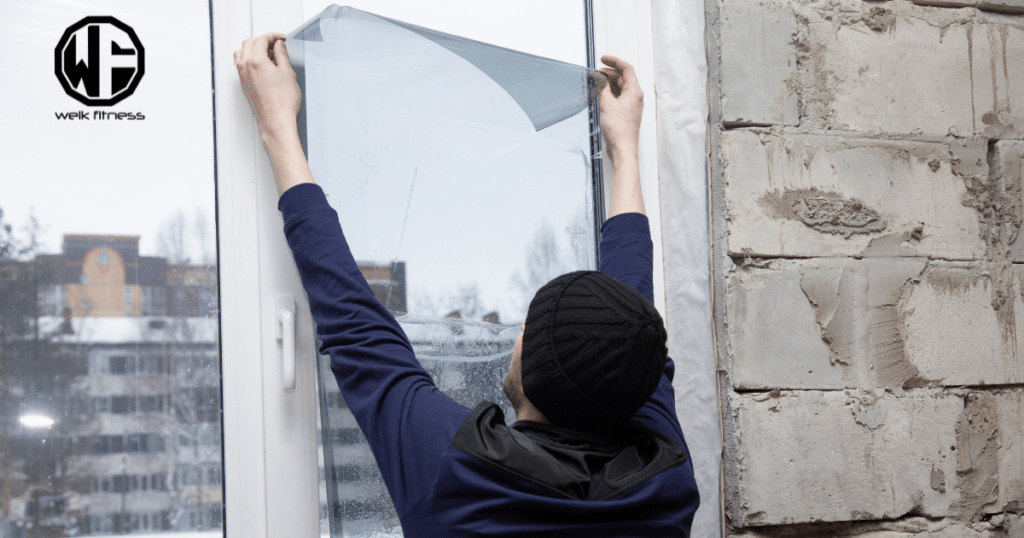
Secure your windows to stop break-ins. Install locks and sensors. You can also add shatterproof film. These steps make your home safer.
1. Install Window Locks and Sensors
Window locks and sensors are key parts of home safety. They make it hard for bad guys to get in and tell you if someone tries.
- Put pin locks on sliding windows. These small metal rods fit into holes drilled in the frame.
- Add keyed locks to double-hung windows. You need a key to open them from inside or outside.
- Use sash locks on single-hung windows. They clamp the top and bottom sashes together.
- Install child safety locks on all windows. Kids can’t open them by accident.
- Put extra locks on basement and first-floor windows. These spots have higher break-in risks.
- Add window sensors to your alarm system. They go off if a window opens more than an inch.
- Get shatter sensors for glass windows. They detect the sound of breaking glass.
- Try wireless window sensors. You can install them yourself without drilling holes.
- Set up window bars on ground floor windows. Make sure they have quick-release latches inside.
- Use window film to make glass harder to break. It holds shattered glass in place.
2. Apply Shatterproof Film on Windows
Shatterproof film adds a strong layer to your windows. It keeps the glass in place if broken, making it harder for intruders to enter.
- Buy BDF S8MC film for top security that offers great protection.
- Choose BDF S4MC as a budget option — it’s a good value pick.
- Get HOHOFILM for large areas. It’s the cheapest at $0.44 per square foot for big rolls.
- Pick VVIVID for high-impact resistance. Its 12-mil thickness stops strong hits while letting in 90% light.
- Clean your windows well before applying. Use soap and water, then dry fully.
- Measure your window and cut the film to size. Leave a small edge for trimming later.
- Spray the window with soapy water. This helps the film stick better.
- Peel off the backing and put the film on the wet window. Start at the top and work down.
- Use a squeegee to push out air bubbles. Work from the center to the edges.
- Trim excess film with a sharp utility knife. Go slowly for a clean edge.
- Let the film dry for a few days. Don’t clean the windows during this time.
- Test the film’s strength after drying. Tap it gently to feel the difference.
Setting Up Exterior Smart Home Security Features
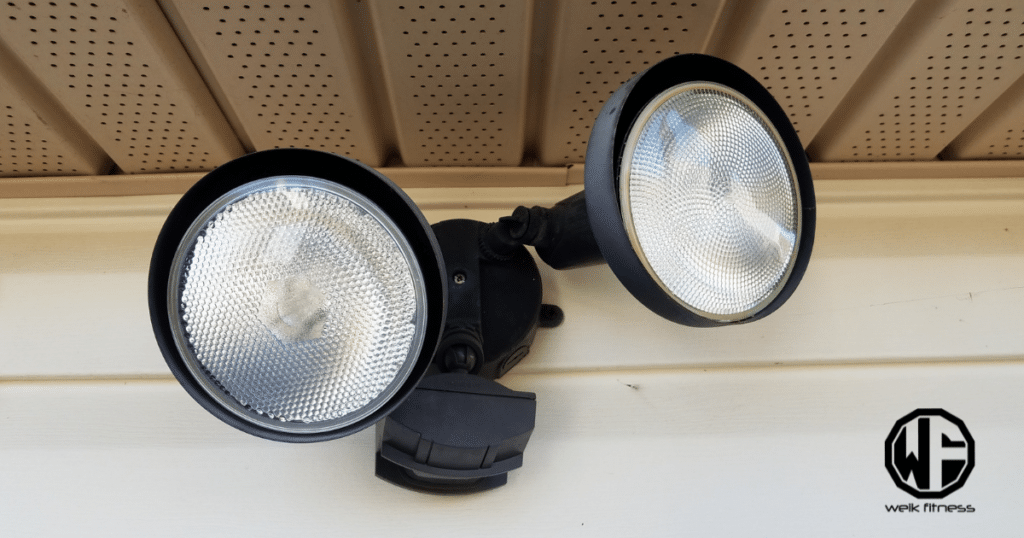
Outdoor lights and cameras can scare off bad guys.
1. Install Motion-Activated Floodlights
Motion-activated floodlights boost your home’s security. They light up when someone moves near, scaring off bad guys and making your yard safer.
RELATED: You Need a Specific Home Defense Weapon for Use at Night
Having something like a Google Nest Cam with Floodlight is a perfect option. The motion-activated floodlight comes on with movement and notifies you via the app.
- Pick floodlights with adjustable lamp heads to aim light where you need it.
- Look for water-resistant housing to protect against rain and snow.
- Choose battery or solar-powered options for easy setup without wiring.
- Remove your old light fixture before installing the new one.
- Connect the wires correctly to ensure your new lights work properly.
- Aim the lights to cover key areas like doors, windows, and walkways.
- Test the motion sensors to make sure they trigger at the right distance.
- Adjust sensitivity settings to avoid false alarms from pets or cars.
- Clean the sensors regularly to keep them working well.
- Use bright LED bulbs for better light and lower energy costs.
- Set a timer so lights turn off during the day to save power.
- Add multiple lights to cover all sides of your home.
- Link your lights to a smart home system for remote control.
- Use the lights as part of a larger security plan with cameras and alarms.
2. Set Up Wireless Outdoor Motion Sensor Security Cameras
Outdoor security cameras boost your home’s safety.
If you already have a floodlight and don’t want to swap it out, you can get a dedicated outdoor camera like the Google Nest Outdoor Camera. I use these and they run off a rechargeable battery and are super simple to use. You can hardwire it as well if you want.
You can set them up easily with these steps:
- Choose cameras that fit your needs. Look for weather-resistant models with night vision and motion detection.
- Pick spots 8 to 10 feet high for the best view. This height deters thieves and captures more area.
- Check your Wi-Fi signal strength where you’ll place cameras. A strong signal ensures smooth video streaming.
- Install a mounting bracket on your home’s exterior. Use screws and anchors for a secure fit.
- Attach the camera to the bracket. Make sure it’s level and aimed at the right spot.
- Connect the camera to power. Use a nearby outlet or install a solar panel for wire-free operation.
- Link the camera to your home’s Wi-Fi network. Follow the app’s setup guide for this step.
- Adjust camera settings in the app. Set motion zones and alert preferences to avoid false alarms.
- Test the camera’s view and features. Walk in front of it to check motion detection and video quality.
- Add more cameras to cover other areas. Place them near entry points and valuables for full coverage.
Building a Comprehensive Smart Home Security System
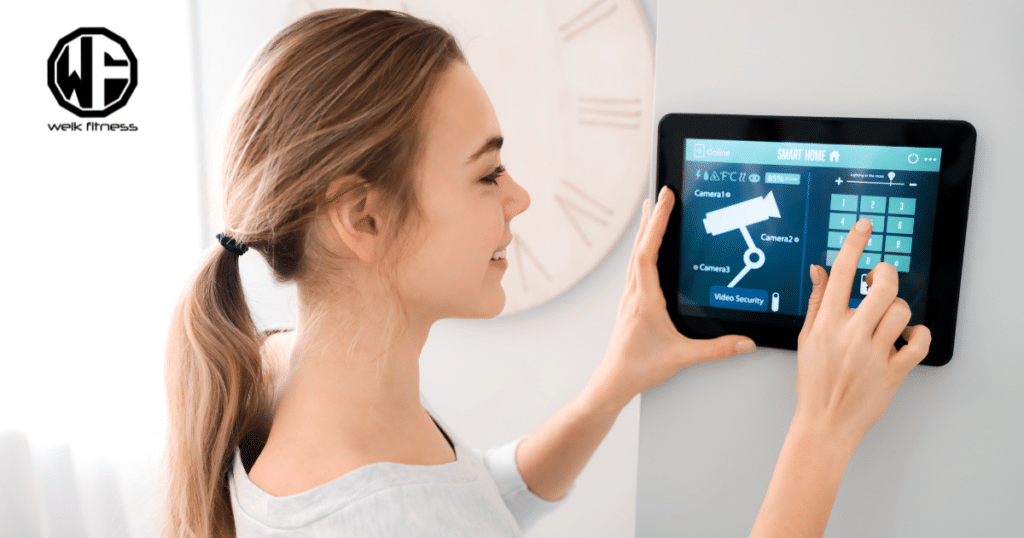
Smart home security systems link devices and home security equipment to keep you safe. Smart home integration and home automation use cameras, alarms, and sensors to guard your home and help you monitor your home security cameras and security setup.
1. Integrate Smart Home Security Devices with Home Hubs
Home hubs make your house smarter and safer. You can link many devices to one central system for better control.
- Connect smart locks to your hub (such as Alexa and Google Hub). This lets you lock or unlock doors from anywhere.
- Add smart cameras to your hub network. You’ll see live feeds and get alerts on your phone.
- Link smoke detectors to the hub. It will notify you right away if there’s a fire.
- Set up motion sensors through your hub. They’ll tell you if someone enters your property.
- Use smart lights with your hub. Turn them on and off to make it look like you’re home.
- Install smart thermostats and link them to the hub. Control your home’s temp from afar.
- Connect smart plugs to your hub. Turn off risky appliances even when you’re away.
- Add water leak sensors to the system. Get alerts before small leaks become big problems.
- Link your garage door to the hub. Open or close it remotely for deliveries or guests.
- Set up voice control through the hub. Use commands to check your home’s status fast.
2. Install DIY Home Security System or Alarm System
DIY home security alarms offer a cost-effective way to protect your family without having to hand over a huge amount of money for professionally installed systems.
RELATED: Castle Doctrine Explained — Protecting Your Home & Loved Ones
A wireless alarm system is the perfect DIY home security system we’ve tested. You can save at least $360 yearly with a DIY option compared to pro monitoring like a wired ADT system.
- Choose a wireless system to avoid long-term contracts with a professionally monitored system and cut installation costs.
- Look at things like the Ring Alarm Pro, ADT self setup, Arlo Home Security System, and others.
- Pick a basic setup starting around $225 or invest up to $1000 for more features.
- Check if your city needs a permit for DIY alarms, which usually cost about $25 per year.
- Select a system that works with your smart home devices, like Google Home or Alexa.
- Install door and window sensors to detect break-ins.
- Set up motion detectors in key areas of your home.
- Add smoke and CO alarms to protect against fires and gas leaks.
- Use a control panel or smartphone app to arm and disarm your system.
- Test your alarm system weekly to ensure it’s working right.
- Keep spare batteries on hand for wireless components.
- Train all family members on how to use the alarm system.
- Post security signs and stickers to deter potential intruders.
- Consider adding cameras for extra security and peace of mind.
Ensuring Consistent Home Security Monitoring
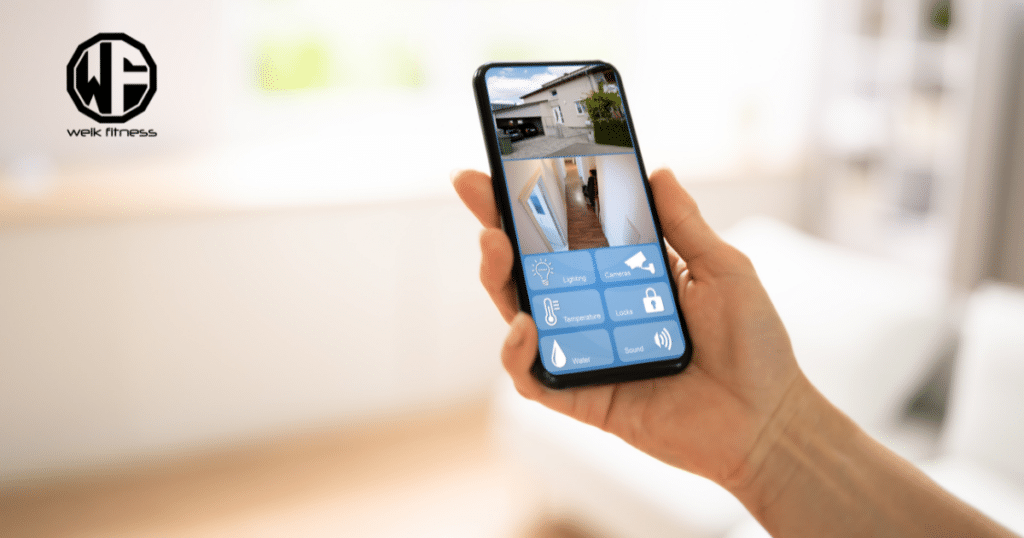
Keep your home safe by checking your security devices often. You can watch your house from anywhere using your phone.
1. Conduct Regular Security Device Checks
Regular checks keep your home security system in top shape. You’ll catch problems early and keep your family safe.
- Test all sensors monthly. Walk by motion detectors and open doors with contact sensors.
- Check the control panel for error messages. Clear any alerts you find.
- Replace batteries in wireless devices. Low power can cause false alarms or missed triggers.
- Update system software and firmware. New versions fix bugs and add features.
- Clean camera lenses and adjust their angles. This ensures clear video footage.
- Verify all devices connect to your network. Weak signals can disrupt your system.
- Test your alarm’s communication with monitoring services. Make a test call to confirm it works.
- Inspect wires and connections for damage. Loose or frayed wires can cause system failures.
- Review your emergency contact list. Update phone numbers and remove outdated contacts.
- Test your backup power supply. Ensure it kicks in during a power outage.
- While you’re at it, check each smoke alarm in your home as well.
2. Monitor Your Home Remotely with Smartphone Apps
Remote monitoring apps like the Google Home app give you control over your home security. You can watch live feeds and get alerts on your phone.
Some DIY systems you’ll need to pay a monthly fee, while for others, the setup process is simple and free to monitor on an app.
- Use apps like Blink, Wyze, or Ring to check your cameras from anywhere.
- Get instant alerts when motion is detected around your home.
- View live video streams of your property on your smartphone.
- Lock or unlock doors with smart locks linked to your security app.
- Arm or disarm your alarm system remotely as needed.
- Check if windows and doors are closed using connected sensors.
- Talk to visitors through video doorbells from your phone.
- Save and review recorded clips of activity at your house.
- Share access with family members so they can also monitor.
- Set up zones to only get alerts for specific areas.
- Adjust camera settings like motion sensitivity right from the app.
- Use two-factor authentication to keep your account secure.
- Update your app and devices often to patch security flaws.
- Create strong, unique passwords for all your connected accounts.
Implementing Cost-Effective Home Security Solutions
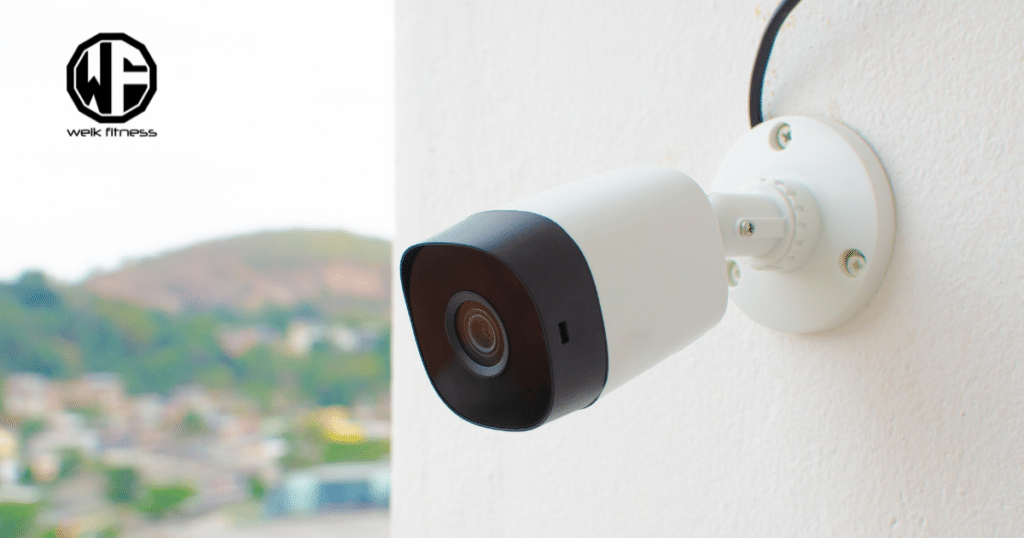
You can boost your home’s safety without breaking the bank. Smart tricks like fake cameras and cheap door alarms work well.
1. Use Dummy Cameras for Intrusion Deterrence
Dummy cameras offer a cost-effective way to enhance home security. These fake devices can deter criminals and improve your home’s safety.
- Fake cameras appear real but are less expensive than functional ones.
- Position dummy cameras in visible locations such as near doors and windows.
- Select realistic-looking models with blinking lights or moving parts.
- Combine real and fake cameras to confuse intruders.
- Install warning signs about video surveillance to increase deterrence.
- Relocate dummy cameras periodically to appear more authentic.
- Use weatherproof models for outdoor placement.
- Combine fake cameras with motion-sensor lights for added effect.
- Consider dummy cameras as part of a multi-layered security approach.
- Keep in mind dummy cameras don’t record, so use real ones for key areas.
2. Install Budget-Friendly Doorstop Alarms
Doorstop alarms offer a cheap way to boost home security. These simple indoor security devices can alert you to intruders inside your home without breaking the bank.
RELATED: Lockdown Defense — Enhance Security with a Tactical Door Wedge
I love doorstop alarms for when I’m traveling and can put them at the exterior doors of my hotel or wherever I’m staying away from home for added security.
- Pick a spot for your alarm. Put it behind any door you want to protect.
- Buy a good doorstop alarm. Look for one that’s loud and easy to set up.
- Place the alarm on the floor. Make sure it touches the bottom of the door.
- Turn on the alarm. Most have a simple switch to activate them.
- Test the alarm. Open the door to check if it makes noise.
- Set up more alarms. Put them on all entry doors for full coverage.
- Use with motion lights. Bright lights can scare off bad guys, too.
- Check batteries often. Change them to keep your alarm working.
- Tell your family about the alarms. Make sure everyone knows how to use them.
- Practice your response plan. Know what to do if an alarm goes off at night.
Adopting Additional Home Security and Home Safety Practices
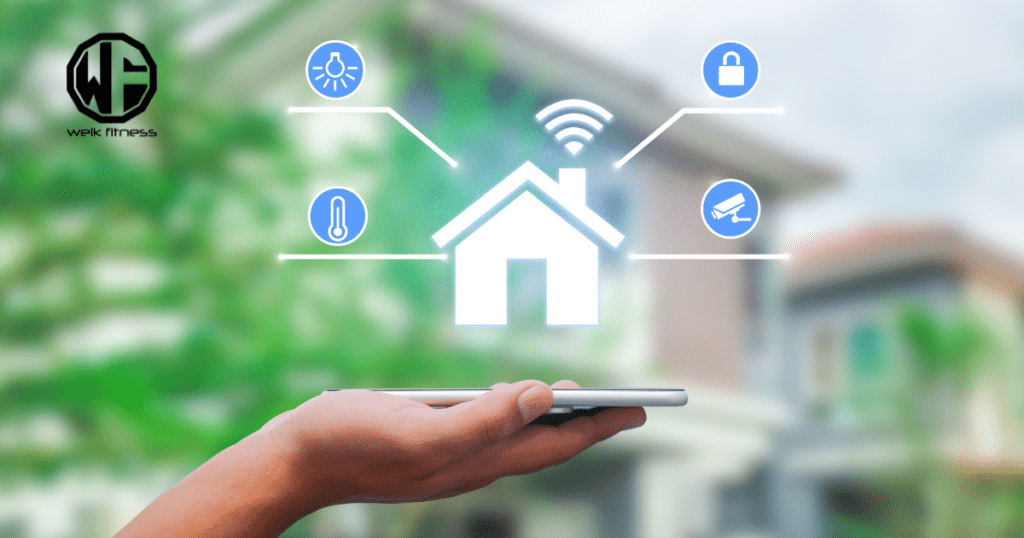
Keep your home safe with smart habits. Trim bushes, set light timers, and stay alert.
1. Maintain Clear Landscaping to Remove Hiding Spots
Clear landscaping is key to home security. It removes hiding spots for burglars and keeps your family safe.
- Trim bushes and shrubs to 3 feet or lower. This stops intruders from hiding behind them.
- Cut tree branches at least 7 feet off the ground. Burglars can’t use them to climb into windows.
- Mow your lawn weekly. A neat yard shows someone is home and watching.
- Install motion-sensor lights around your property. They turn on when someone moves near your home.
- Use gravel or rocks instead of mulch near windows. The noise alerts you to someone walking there.
- Plant thorny bushes under windows. Roses or holly make it hard for thieves to get close.
- Keep fences low and see-through. Tall, solid fences give burglars cover to work unseen.
- Remove large decorations from your yard. Statues or fountains can hide a person crouching behind them.
- Trim hedges away from walkways and doors. This creates clear paths with no places to lurk.
- Use solar-powered landscape lighting. It lights up dark areas at night without raising your power bill.
2. Use Light Timers During Absences
Light timers are key tools for home security. They create the illusion of occupancy when you’re away.
- Set up timers on lamps in visible rooms. This makes it look like someone’s home, even when you’re not.
- Use smart plugs to control lights with your phone. You can turn lights on and off from anywhere.
- Program timers to mimic your daily routine. Vary the on/off times to seem more natural.
- Connect outdoor lights to timers. This deters burglars from approaching your home at night.
- Pair light timers with smart home systems for better control. This lets you adjust settings remotely.
- Install motion-sensor lights outside. They turn on when someone approaches, startling intruders.
- Use energy-efficient bulbs in timed lights. This keeps your electric bill low while you’re away.
- Place timers on TVs or radios, too. The sound adds to the illusion that someone’s home.
- Sync timers with sunset and sunrise times. This ensures lights turn on at the right moments.
- Check and update your timer settings regularly. This keeps your light patterns unpredictable.
Get the Best DIY Home Security or DIY Security System You Can Afford

You can safeguard your home without breaking the bank. DIY security options offer powerful protection at a fraction of the cost. Smart locks, cameras, and alarms create a strong defense against intruders.
Regular checks and remote monitoring keep your system running smoothly. With these tips, you’ll sleep easier knowing your family is safe and secure.
RELATED: How to Harden Your Home & Keep Intruders Out
As a side note to close out this article, if you want to support our website and are in need of any tactical gear (or any product for that matter), anything you purchase using our links below will provide us with a small commission. We don’t charge for our free content and our goal is to keep it that way. We don’t have a Patreon account to put things behind a paywall, nor do we sell pics of our feet on OnlyFans.
If you choose to use the links below and make a purchase (at no additional cost to you), we greatly appreciate your support as it helps us continue to publish free content (like this article) on our website:
- Optics Planet (use code SAS5 at checkout for 5% off)
- Amazon
We have also partnered with CCW Safe. It’s the concealed carry coverage that I personally have for myself and my family in the event we need to defend our lives. Feel free to use our CCW Safe link to sign up and get some coverage to protect yourself and your family.
Also if you have a product you would like us to check out and potentially review, please contact us and let’s discuss.


